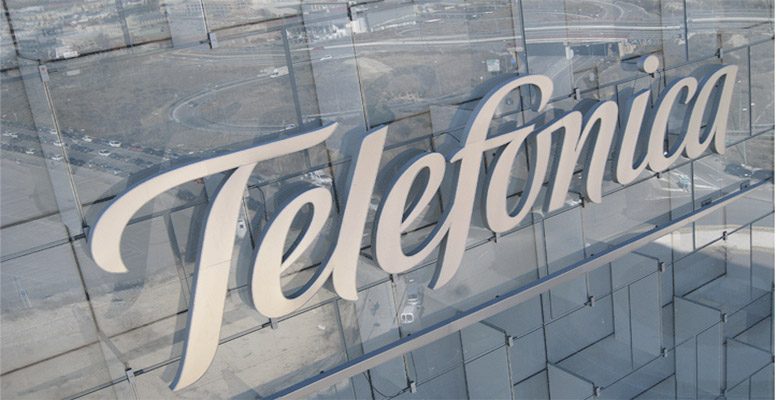Vauban and Predica, which submitted their binding offer for the asset on Tuesday 19 July, had made the best proposal and had been negotiating since Thursday to iron out the details of the deal.
The price of 1,021 million euros paid by the buyers for 45% of the capital values 100% of the company at US$2,561 million, which Telefónica says is “an implied multiple of 27.1 times the company’s pro forma OIDBA estimated for 2022”.
Both partners have beaten Canadian financial institution Caisse de dépôt et placement du Québec (CDPQ) in the process. The consortium between the German insurer Allianz and the Dutch pension fund PGGM, which had advanced to the second phase of the competitive process, decided to abandon the bidding a few days ago and did not make a final offer.
The two French investors are said to have entered the bidding through the Vauban Infra Fibre (VIF) vehicle, in which they both have a stake and which specialises in the sector. Rothschild and Crédit Agricole’s mergers and acquisitions department are the consortium’s financial advisers.
Vauban, which was also interested in Reintel, owns the Malaga Metro and several road concessionaires in Catalonia, which it bought from FCC. Predica, for its part, has just joined Repsol’s renewable energy subsidiary and, together with Engie, participated in the acquisition of Eolia.
The proposals from the various candidates have exceeded expectations when the sale process led by AZ Capital and BBVA was launched.
With the sale of 45% of the subsidiary, Telefónica, which will keep the remaining 55%, wants to finance the fibreco’s ambitious growth plan, which will have its own management team led by Luis Rivera, former Head of Strategy at Telefónica, as the new CEO.
Telefónica’s rural network, which will be contributed to the subsidiary, currently has fibre access in 3.5 million real estate units (UUII, homes, premises and offices) in rural and sparsely populated areas. By the end of 2024, a further 1.5 million new accesses will be built to reach 5 million. This distribution is different to that initially announced by Telefónica, which estimated a contribution of 2.5 million homes and the construction of a further 2.5 million homes.
The fibreco is expected to generate 90 million ebitda by 2022, with revenues expected to reach US$163 million by the end of the year. The new company’s main customer will be Telefónica itself, which will power the rural network under a contract that will bring in around 50% of revenues.
The ten-year plan for the company envisages an ebitda of 219 million euros in 2032, by which time it expects revenues of US$311 million.





